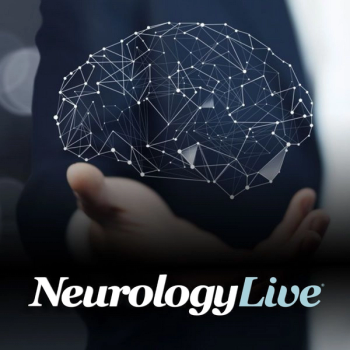
Adults with myasthenia gravis who contracted COVID-19 were at twice the risk of hospitalization, ICU admission, and death based on data from a recent population-based study.

Adults with myasthenia gravis who contracted COVID-19 were at twice the risk of hospitalization, ICU admission, and death based on data from a recent population-based study.

Episode 26 of the AUPN Leadership Minute features Tracey A. Milligan, MD, of New York Medical College; and Larry B. Goldstein, MD, of University of Kentucky Medical Center. [WATCH TIME: 8 minutes]
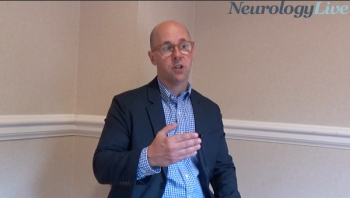
The clinical professor of neurology at the University at Buffalo provided insight on the advances in treatment options for patients with myasthenia gravis over the past few decades. [WATCH TIME: 3 minutes]

Here's some of what is coming soon to NeurologyLive® this week.

In an investigation on the effect of treatment with efgartigimod on humoral immune responses to COVID-19 vaccination, the immunization resulted in antigen-specific IgG responses in most patients.

Brian Callaghan, MD, MS, associate professor at the University of Michigan, discussed his presentation at AANEM 2022 on changing the treatment paradigm for painful diabetic neuropathies.

Test your neurology knowledge with NeurologyLive®'s weekly quiz series, featuring questions on a variety of clinical and historical neurology topics. This week's topic is the history of the American Association of Neuromuscular & Electrodiagnostic Medicine.

Findings from retrospective study show that repetitive nerve stimulation is a highly sensitive and specific test for the diagnosis of myasthenia gravis in an inpatient setting, with its results being more rapidly available in comparison with antibody testing.

The chief development officer at Clene Nanomedicine provided insight on why CNM-Au8, an investigational agent in development, has shown positive results across both multiple sclerosis and ALS. [WATCH TIME: 2 minutes]

Among a surveyed cohort of patients with myasthenia gravis, 75% reported that their work was impacted, and 27% of respondents claimed they lost wages as a result of MG.
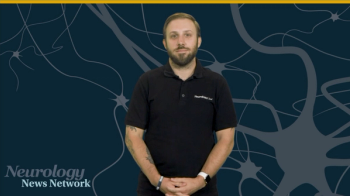
Neurology News Network for the week ending September 24, 2022. [WATCH TIME: 4 minutes]

Eplontersen treatment resulted in a significant reduction in transthyretin, neuropathy impairment, and improvement in quality of life in the phase 3 NEURO-TTRansform study of patients with hereditary transthyretin amyloidosis.
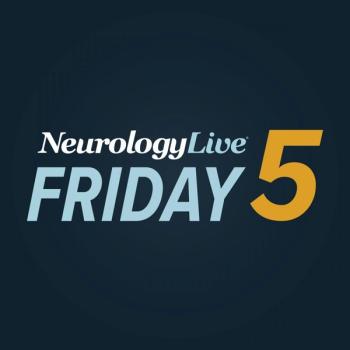
Take 5 minutes to catch up on NeurologyLive®'s highlights from the week ending September 23, 2022.

Minimal symptom expression, demonstrated by scores of 0 to 1 on MG-ADL, was observed in more than 25% of both rozanolixizumab groups compared with 3.0% of those on placebo.

The chief development officer at Clene Nanomedicine provided insight on the mechanistic function of CNM-Au8 and how it improves survival in patients with ALS. [WATCH TIME: 3 minutes]

Investigators concluded that those receiving avalglucosidase alfa should be tested for antidrug antibodies by physicians who treat Pompe disease and monitor antidrug antibody, according to a recent Sanofi investigation.
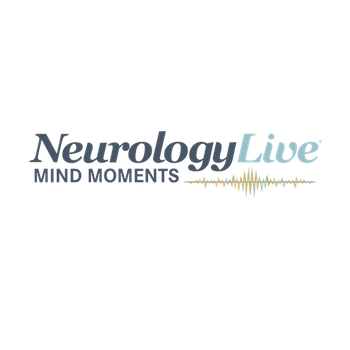
Mind Moments®, a podcast from NeurologyLive®, brings you an exclusive interview with Ambereen Mehta, MD, MPH. [LISTEN TIME: 40 minutes]

ADAPT+ study data on antiacetylcholine receptor antibody-negative patients with generalized myasthenia gravis found improvements in cycle baseline and efficacy with Efgartigimod.

More than 85% of the individuals who continued givosiran (Givlaari; Alnylam) through the 36-week open-label extension were attack free in the final 3 months of treatment.

From the pre-COVID period to 6 weeks after vaccination, the reporting rate of GBS was significantly different, regardless of whether Brighton criteria was applied to the analysis. The authors noted that passive surveillance limitations warrant further analysis.

Results from phase 2 RESCUE-ALS trial show that treatment with CNM-Au8 in ALS demonstrated improvement in survival compared to the estimated median survival rate.

The Mapi Pharma treatment, administered intramuscularly at 40 mg, reduced annualized relapse rates among a population of patients with relapsing multiple sclerosis. Secondary outcomes are still being analyzed.

The phase 3 study, paused at US sites by the FDA, seeks to enroll 154 individuals with generalized myasthenia gravis, both seropositive and seronegative.

After 12 weeks of treatment with zilucoplan 0.3 mg/kg, almost three-fourths of patients demonstrated at least a 3-point reduction in Myasthenia Gravis Activities of Daily Living scores.

Most ambulatory patients had improved pulmonary functions and biomarker outcomes with cipaglucosidase alfa/miglustat that were sustained through a less than 36-month follow-up period.

A trial conducted in Japan showed better functional outcomes for patients with large cerebral infarctions treated with endovascular therapy than those treated with medical care alone, but had more intracranial hemorrhages.

The director of NYU Langone’s Alzheimer’s Disease Research Center and Center for Cognitive Neurology provided perspective on raising awareness for World Alzheimer’s Day and the ongoing challenges patients with the disease face.
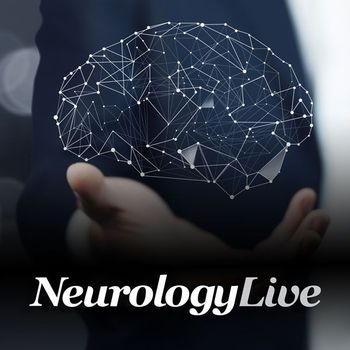
A study presented at the MDS Congress 2022 found an association between migraine and the incidence of Parkinson disease in the middle-aged and older population.

After demonstrating a positive reduction of mutant huntingtin protein in preclinical studies, WVE-003 continued to show similar results when assessed in 30- and 60-mg doses.

Migraine with aura is suggested as an independent risk factor for atrial fibrillation and that AFib-mediated cardioembolism may play a role with migraines, especially stroke association for some patients.